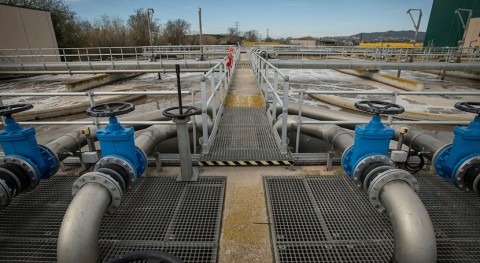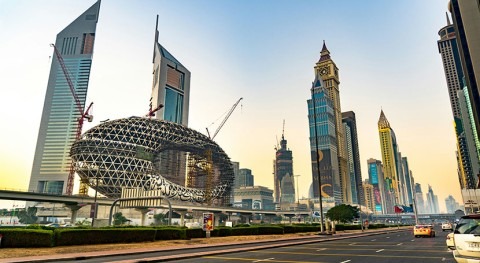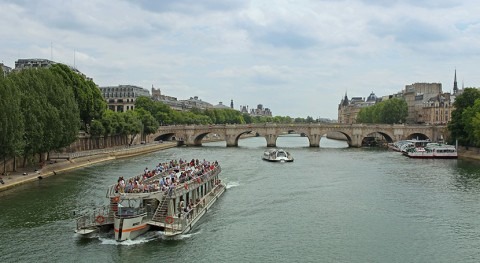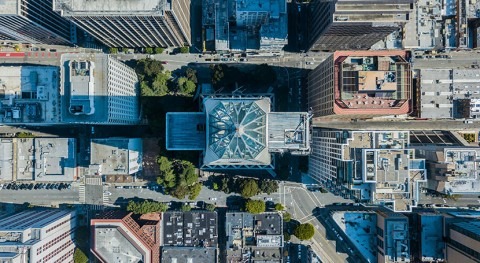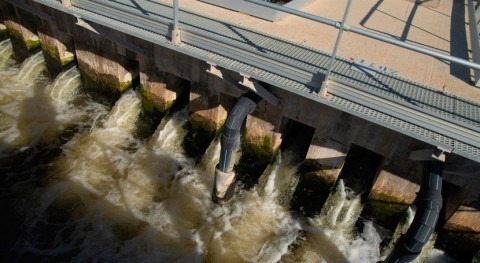Low water levels in the Panama Canal have led to restrictions on vessel transit and long queues as vessels wait to get through, informs Reuters. The disruptions to shipping highlight the impact that climate change can have on global trade.
The Panama Canal, about 80 km long, has been connecting the Atlantic and Pacific Oceans for more than 100 years. As Panama experiences historic drought conditions, rainfall in the area around the canal is below normal and high levels of evaporation have led to water scarcity, reducing the amount of water available to operate the lock system. Water from the Gatun reservoir is used to fill the canal locks, but currently has low water levels despite accumulation from the rainy season.
To deal with the dry conditions, the Panama Canal Authority (ACP) has imposed restrictions on ships’ draft (depth) and thus the cargo they can hold, and has also limited the number of vessels transiting the canal to an average of 32 per day, down from an average of 36 in normal circumstances. Restrictions will continue throughout 2023 and part of 2024, unless weather conditions change significantly from current projections.
In 2019-2020 a severe drought led canal operators to limit the number of vessels to 27 per day. Since then, the ACP has implemented water efficiency measures – about 50 million gallons are needed for each passage – and is studying long-term solutions. Nevertheless, the authority recognizes that the current severity and recurrence of dry conditions have no historical precedence.
The restrictions at the canal started earlier this year and affect some 170 countries, including container ships carrying consumer goods, bulk carriers that transport commodities, and tankers carrying oil, fuel and gas. Ship owners are left with the options of carrying less cargo, taking longer alternate routes, or dealing with significant delays due to backed-up ship queues.
As a result of the restrictions, shipping prices on routes between China and the U.S. have risen by up to 36%. Experts in maritime transportation are concerned that trade disruptions could become more frequent as climate risks affect the ocean shipping industry, responsible for 80% of global trade.












